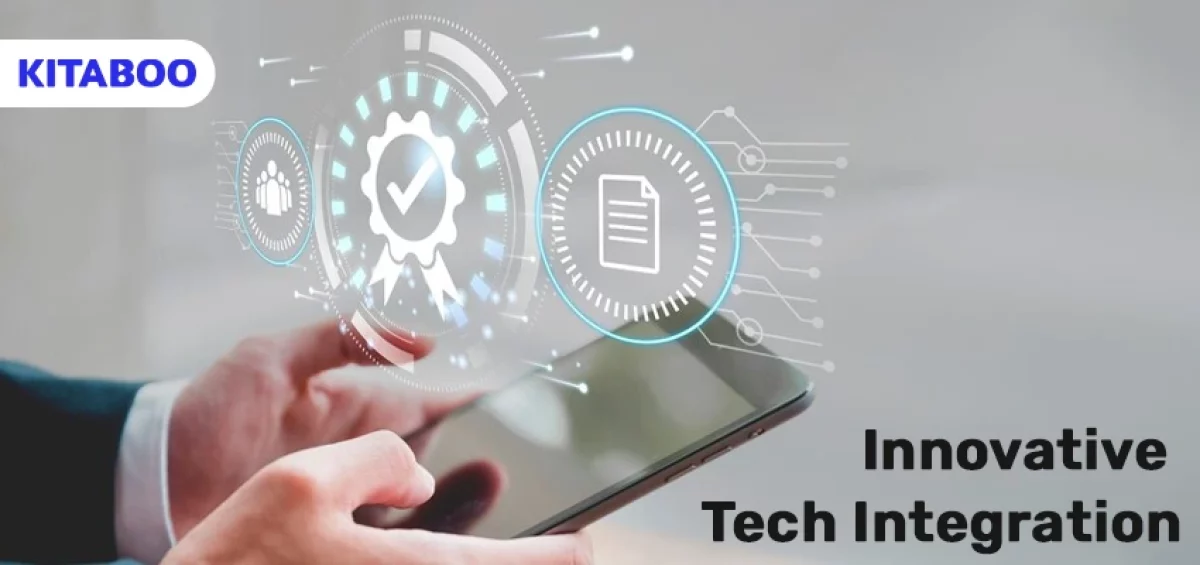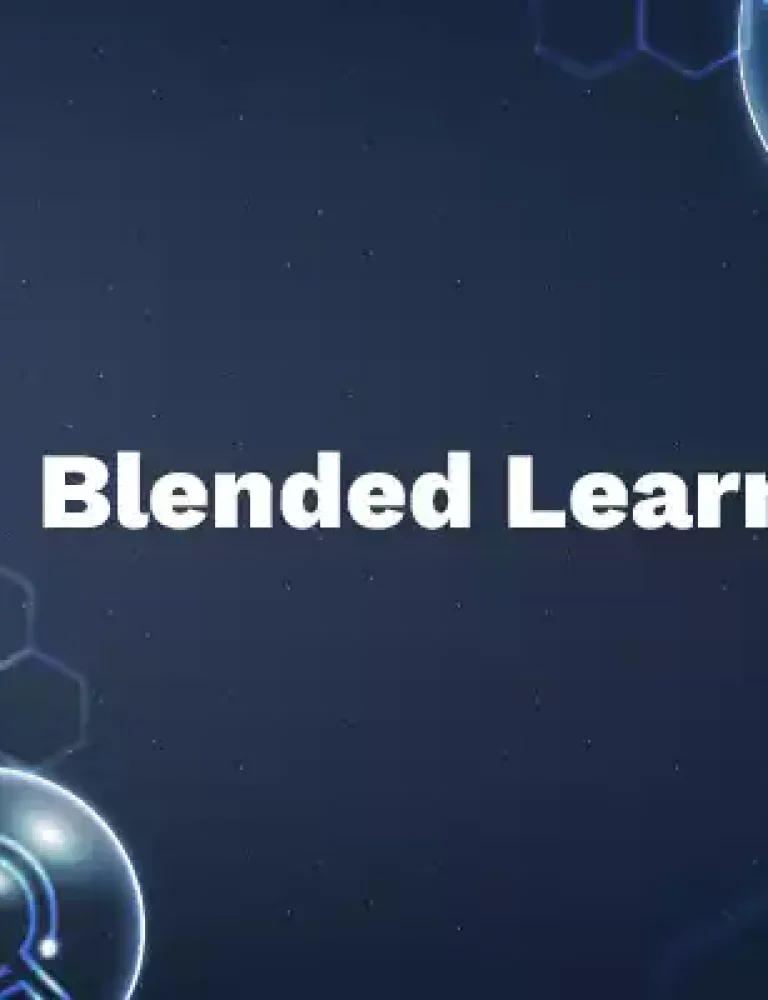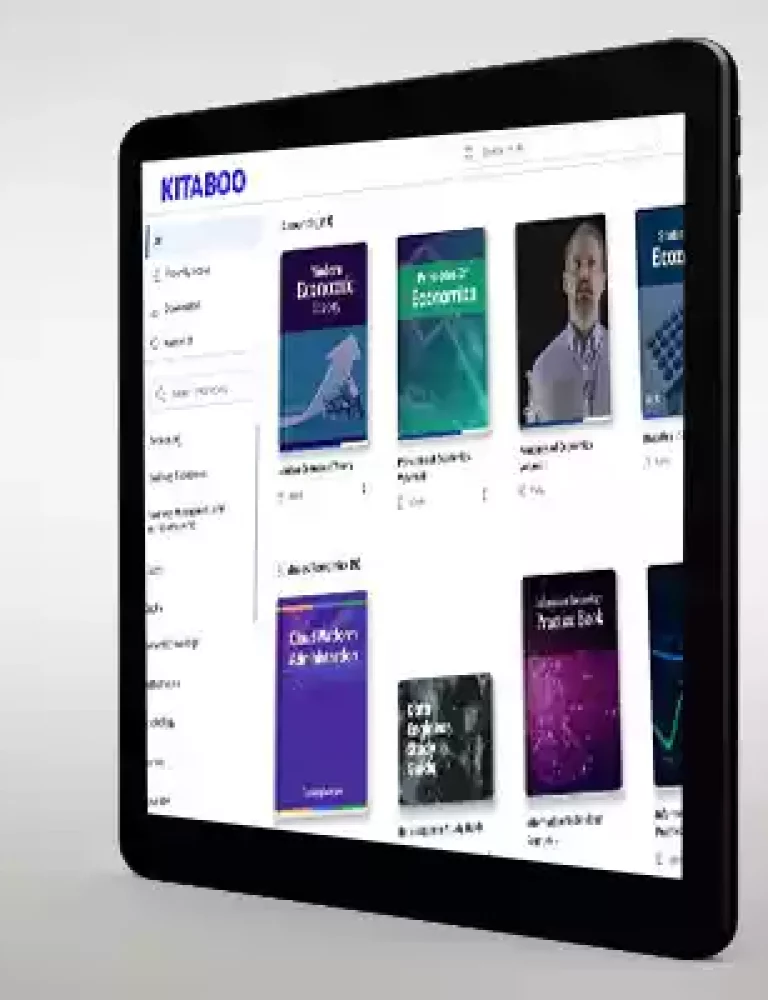Technology today has become an indispensable part of the education sector. The integration of innovative tech in the Education Technology (EdTech) space specifically has opened up a whole new era of opportunities. These opportunities offer students as well as educators unprecedented accessibility, customized learning experiences, and benefits of interactivity.
Apart from completely revolutionizing learning, the integration of technology into education also gives students quick and easy access to a wider range of learning opportunities and resources.
In this post, we will discuss the role of innovative technology integration in education in more detail, along with outlining various ways tech integration impacts the higher education landscape.
Table Of Contents
I. What is Tech Integration in Education?
II. How Modern, Innovative Technologies are Impacting the Education Sector
- Makes Learning Fun
- Improves Interaction and Engagement
- Foster Inclusivity in Learning
- Make Students Future-Ready
III. The Bottomline
What is Tech Integration in Education?
Modern and innovative technology integration in education refers to the use of technology to enhance the student learning experience and achieve respective learning goals.
This includes the use of modern devices such as computers, smartphones, and technologies such as Artificial Intelligence, Virtual Reality, and more to easily access educational resources, collaborate with peers, and communicate with teachers.
In higher education, technology advancements are apparent in teaching, content, resources, interactive learning, and publishing. Collaborating with good digital textbook platforms like KITABOO can further assist educational institutes in easily integrating technological trends into their current system.
One of the key benefits of this kind of technology integration in higher education is that it offers students easy access to a wider range of resources. This includes videos, online textbooks, and other interactive simulations that can help students better understand complex lessons/concepts.
How Modern, Innovative Technologies are Impacting the Education Sector
Here are some of the ways in which modern technologies today are impacting the higher education sector-
1. Makes Learning Fun
With features such as entertaining graphics, various game elements, and imaginative illustrations, tech integration in education helps make learning much more fun and engaging.
For instance, gamification of learning not only makes it fun and captivating for students but also motivates students to actively participate/ learn and boost retention and critical thinking skills as well.
You can use digital textbook platforms like KITABOO here to offer engaging, gamified, and interactive resources that strengthen learning. The combination of these elements not only encourages systematic learning but also allows students to learn with a new perspective and explore their interests at their own pace. These applications also help educators keep everything organized and arranged to enable higher-ed students to be more involved in their learning.
2. Improves Interaction and Engagement
When it comes to achieving success and desired learning outcomes in higher education, student interaction and engagement are two of the most essential factors to take into consideration.
Integrating technology in higher education classrooms helps navigate this better by offering a vast, intelligent user interface to help students access a lot of information about varied areas.
Further technology integration in higher education enables personalized learning experiences specifically tailored to each student’s unique pace, style, and strengths. Modern adaptive learning platforms and AI-driven assessments available today further help identify individual needs, thus allowing higher educators to offer targeted support to their students, and fostering better understanding and mastery of subjects.
Interactive digital textbook platforms like KITABOO are a great choice here as they cater to unique learning needs and styles for higher education students. This kind of personalization is an excellent way to help students progress at their own unique pace and address gaps in understanding, if any.
3. Foster Inclusivity in Learning
Technology today is completely changing the way higher education students consume content. Static textbooks are fast, making way for more interactive and dynamic digital content.
The use of interactive videos, virtual labs, and simulations is making learning much more engaging and immersive, thus enabling students to grasp complex concepts easily. Likewise, the use of visual aids helps educators cater to different learning styles, thus making education more inclusive.
Artificial Intelligence and data analytics are another area that is completely changing the face of higher education. AI technologies today are enabling educators to analyze data to offer deeper insights into student performance, learning patterns, and specific areas of improvement.
Educators can then use this information to customize both learning paths for individual students and teaching strategies to be able to offer timely interventions as and when necessary.
4. Make Students Future-Ready
The ubiquitous presence of technology today makes it necessary that it plays a part in students’ existing learning environments. Integrating technology when teaching higher education students can help students become much more familiar with common programs that can be quite beneficial for them in their future careers.
Further, technology integration also allows educators to include a variety of teaching and learning techniques that can then easily convey the subject material to a larger audience.
Technology also provides teachers with an excellent opportunity to better connect with their students and also open up lines of communication to explain curriculum material in a more engaging and innovative way.
The Bottomline
Integrating innovative technology in education is not a new concept anymore. It is a tried-and-tested strategy that has been used for several years now to enhance learning.
Catalyzing the growth of the higher education industry, technology integration in the last few years has led to the rapid emergence of new learning solutions. This phenomenal shift towards digital transformation in the higher education industry is shifting the focus from teacher-centered learning to much-needed student-centered learning.
Further, it is also encouraging concept-based learning among students, thus enabling them to build their core-skills and be future-ready for the best possible jobs.
If you are a higher education institute looking to integrate technology, contact the professionals at KITABOO, a popular digital textbook platform, to help enhance learning and enable innovative technology integration in education.
To learn more, write to us at KITABOO@hurix.com
Discover How An Ebook Conversion, Publishing & Distribution Platform Can Help You
Kitaboo is a cloud-based content platform to create-publish & securely distribute interactive mobile-ready ebooks.
You May Also Like








